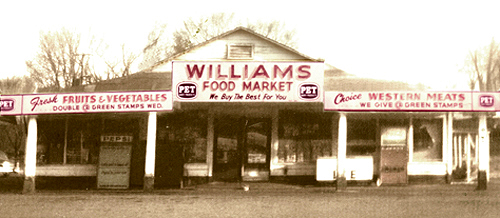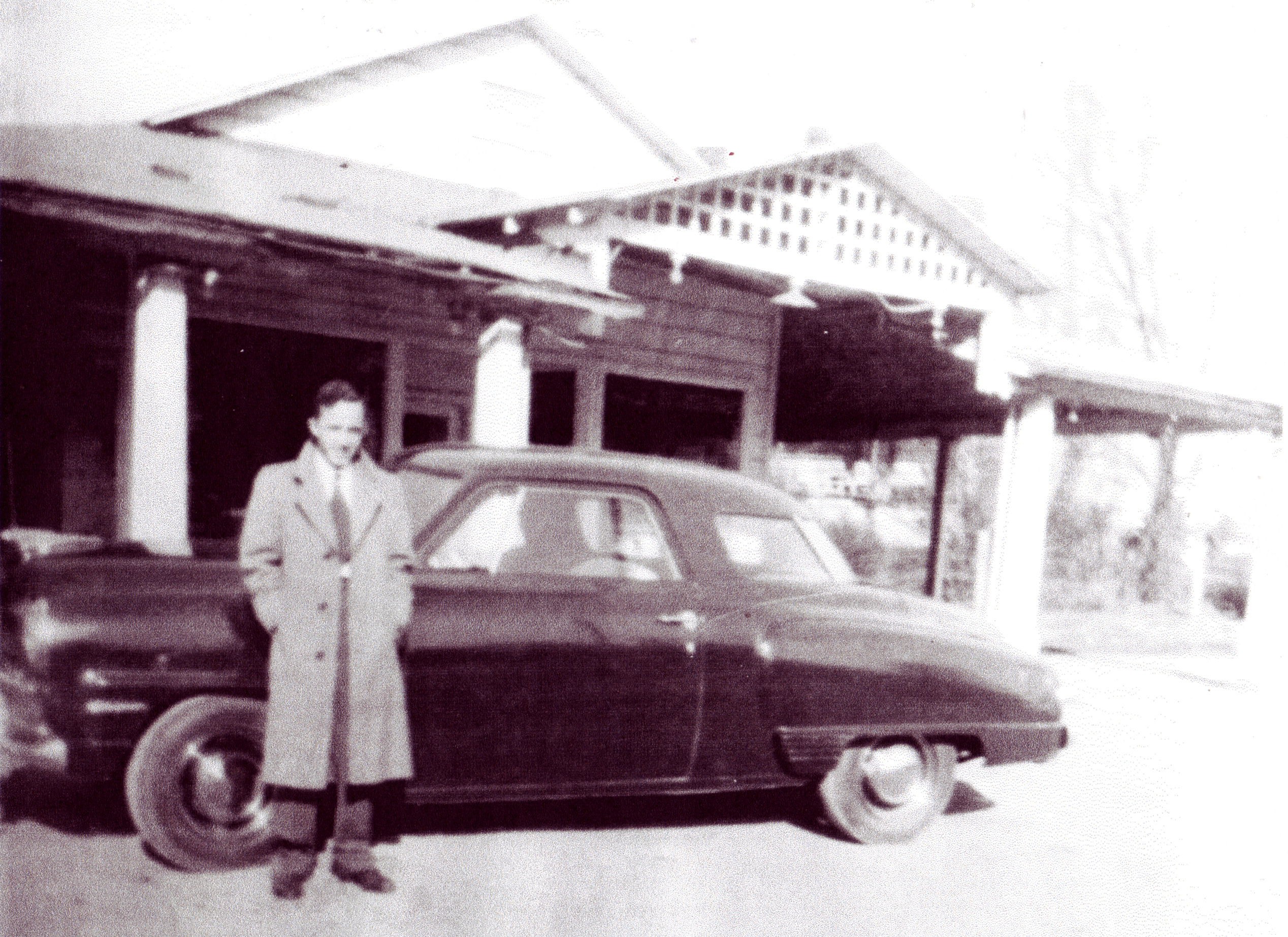Johnny Wood, WCYB-TV news anchor, read with interest my recent column containing remembrances about his station from Frank Santore. It brought back memories for him.
“I went to college with Don Garland and Don Bagwell,” said Johnny. “I worked at WOPI Radio with John Thomas who had the greatest internal time clock of anybody I ever knew. He did his play-by-play broadcasts and also all the commercials from the site of the game. I ran the control board back at the studio and logged all the commercials. John’s 30 and 60-second commercials were always exactly on time. He never used a watch or script and adlibbed the commercials.”
Johnny was at WOPI when Ed Spiegel, then manager at radio station WCYB, hired him. He had the pleasure of working with Eddie Cowell and Don Sluder. He remarked that Eddie was a radio pro with a great internal clock. “Us radio disk jockeys,” said Wood, “prided ourselves in our production qualities of spinning records, talking, running and reading commercials and hitting the network right on the second when the big hand on the clock hit twelve. I accomplished this by keeping a running time of my 30-minute segments on a piece of paper and then back timing the final record to finish before the network news break came on the hour. Eddie was just the opposite. He just grabbed a stack of records, did his commercials and everything seemed to time right out. His on-the-air banter was innovative, timely and always different.”
The news anchorman recalled that Don Sluder was one of those radio pros that did it all – wrote and produced most of their commercials, pulled a board shift, handled promotional activities and did most of the production work.
In the late 1960s, Wood received a call from Art Countiss at the WCYB-TV News Department asking him if he wanted to come across the street and work at the TV station in the Sports Department. He accepted the offer: “Later, six of us – Art, my supervisor and TV mentor; Merrill Moore; Evelyn Booher; Jim Edwards, the early morning man; and I – comprised the News Department and worked for Walter Crockett. Art gave me my start and taught me television; Evelyn instructed me a lot about reporting; and Merrill showed me how to do all the stuff on the air. We reported, wrote, shot the film, edited and produced three half-hour newscasts, numerous morning updates and did hourly newscasts for radio. We were quite busy and I quickly learned a lot.”
Johnny said Booher was a pioneer in television news in an industry dominated by men. She was hired by the station to write, report and air the half-hour long newscast at 1:00 PM: “This lady was one of those great reporters who had great news contacts. Something would happen and she knew someone who could give her the lowdown on who had the information. I watched her do this time and again.”
Wood indicated that Crockett was a story in himself: “He was one of those gruff, hard-boiled, hard driving old-time newsmen who often wore a Fedora hat. Walter had a very compassionate side to him. I did many stories about the charities and causes that he supported. He was also one of the most well read people I ever met. During my early days, I got to do Looney Tunes, Kiddie Kollege and Klassroom Kwiz after Don Sluder and Ed Spiegel left so I got some great experience doing live television.
Johnny offered these parting words: “Thank you for reminding me of the past and letting me indulge in my memories.”


